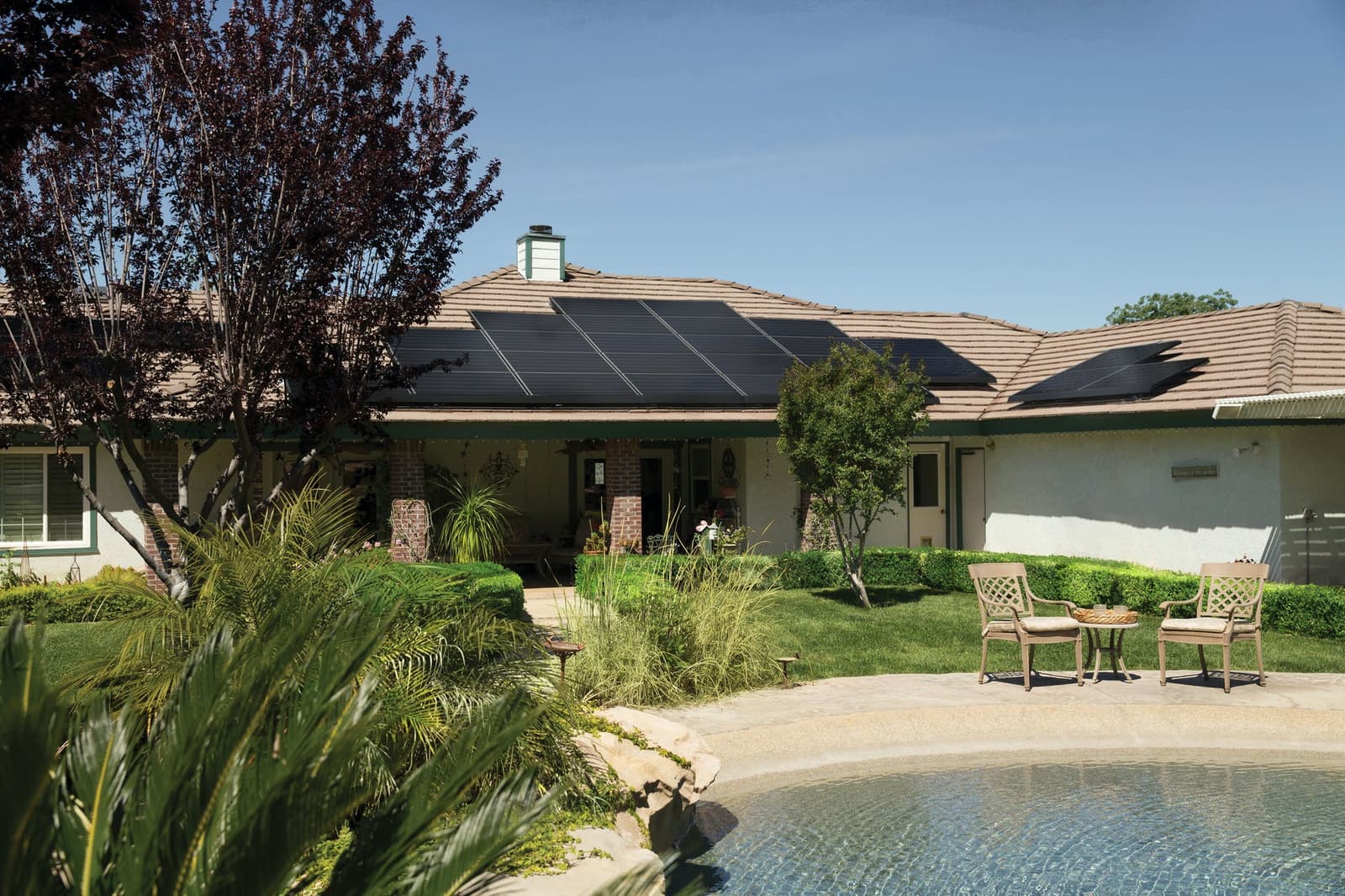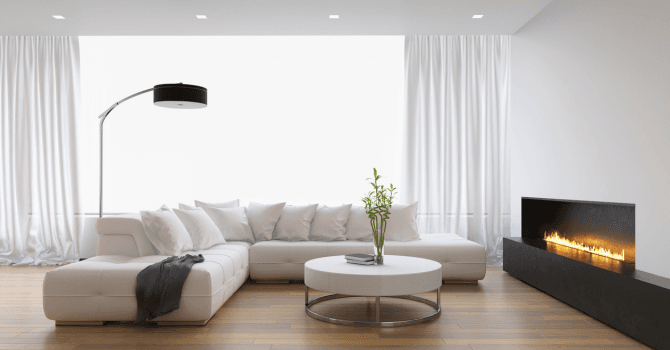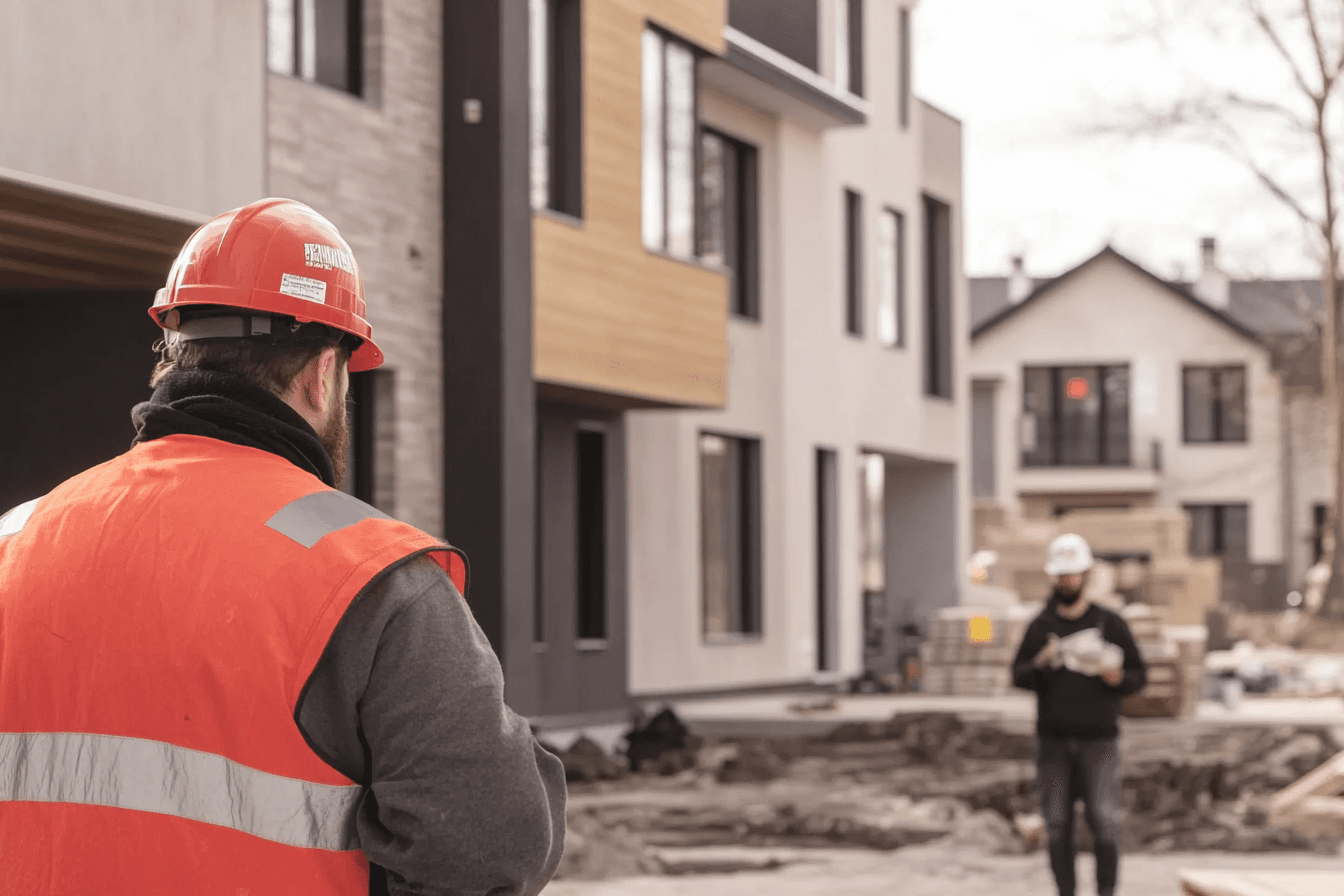Why a Photovoltaic Roof Could be Right for You
By Editorial Team
Updated on November 7, 2023

Converting your roof to capture the power of the sun’s energy can benefit your home and wallet depending on how you go about it. Over the years, solar panels have become the go-to option for producing renewable energy.
Photovoltaic roof panels

Photovoltaic panels, or solar panels as they’re more commonly known, are panels that have been designed to contain photovoltaic solar cells that allow for the absorption of the sun’s rays to be converted into electricity or in some cases heating.
There are many factors to consider when deciding if a solar panel is right for your home. First, let’s look at the benefits that come with installing a set of solar panels.
The most obvious benefit of choosing solar panels is the move away from fossil fuels and less of a dependence on traditional energy sources like hydroelectricity. One very interesting benefit from switching to solar energy is net metering.
Net metering is essentially when a home can feed power back into the grid rather than just extracting it. In Quebec, Hydro-Quebec offers customers who can inject surplus electricity into the network kilowatt/hour credits which can be applied against the amount they’ve used from the network. This is a major benefit when considering the switch to any renewable energy source as Hydro-Quebec offers net metering options for multiple renewable energy sources.
Other provinces such as Ontario, British Columbia, New Brunswick, and Saskatchewan offer similar net metering options. In Ontario, consumers can generate up to 500 kilowatts/hours but the credits they earn must be used within a 12-month period otherwise those credits are lost.
British Columbia offers net metering for up to 50-kilowatt hours while both New Brunswick and Saskatchewan offer net metering up to 100-kilowatt hours. All provinces limit credit usage to roughly 12 months without the option to have them carried over to the next year.
The most evident benefit of switching to solar voltaic panels is the immediate impact on the environment. Making this switch, you can rest assured that you’re doing your part in creating a cleaner environment for future generations. Another benefit of solar panels is their efficiency. Photovoltaic technology has come a long way since its introduction decades ago and so photovoltaic systems are becoming more efficient nearly every year.
Solar panel technology for roofs

There are two types of technologies used in solar voltaic cells. Generally, solar cells have been produced from crystalline silicon since this material is quite efficient and dependable. Studies have shown that crystalline silicon is by far the dominant material the world over, with more than 50% of the photovoltaic market.
Thin-film solar cells are the second type and are considered the second general category of solar cells. This is due in large part to the cheaper nature of the production process and until recently, thin-film cells suffered from a poorer performance. However, recent developments have demonstrated that the efficiency of thin-film cells is outperforming crystalline silicon cells.
Price can be both a benefit and a drawback. It’s a benefit in the sense that the price of installation has dropped significantly since the introduction of residential solar panels. Today, consumers can expect to pay about 10 cents for every kilowatt/hour their system generates.
Compare this to the roughly 9 cents per kilowatt-hour charged by Hydro-Quebec. This cost continues to decrease every year while the cost of electricity from traditional sources rises. Unfortunately, often the costs to install solar panels can be offset the savings, making the conversion discouraging to some.
Some drawbacks of photovoltaic panels

A notable drawback of solar panels is that they’re ineffective at night and in low light situations such as cloudy days. This can make it difficult for those who are relying solely on solar energy and you will inevitably have to draw power from the grid in these situations.
The performance of the solar panels can be a drawback for some. This is because performance varies depending upon several factors such as the material of the photovoltaic cell and weather conditions.
Although most solar panels are built to withstand rain, hail and heavy snow these all affect performance and contribute to the units’ degradation over time. Small particulates like dust and pollen also get the surface dirty and can reduce power capabilities by up to 30%.
Maintenance is one of the most difficult parts of having solar panels because of how easily particulates can land on the surface and lower performance. Cleaning the panels on your roof can be difficult because of heights so it’s important to put safety first when climbing up to inspect them for dirt and debris. A study done at the University of California, San Diego determined that it was not cost-efficient to hire someone to clean your panels.
All you need to clean the panels is a standard garden hose, however, remember to clean them either in the early morning or the evening as to not disrupt their sunlight absorption time. Lastly, do not spray cold water on hot solar panels because you could risk cracking them.
While switching to solar power is not for everyone, it has an impact on both your energy bills and the environment. It’s important to remember that in a place like Canada, with frigid winters, solar power alone will not be enough to heat one’s home.
However, the combination of a photovoltaic system with natural gas or wood can be more than sufficient to keep your home warm in the winter while also reducing your energy bills. Lastly, although the initial cost may seem steep, the payoff of incorporating solar energy is immense.
Want to know more about eco-friendly renovations? Check out our article Eco-friendly and Green Renovation Guide.
Aerovoltaic panels
Aerovoltaic is a hybrid between solar thermal panels and photovoltaic solar panels. The principle is quite simple: the face exposed to the sun produces electricity (depending on the usual mode of operation of a photovoltaic panel), while the inner face recovers the heat generated by electricity to be able to heat the interior of the house. The heat is first collected by a sheath before it can be redistributed by the VMC throughout the home.
Note that this technology makes it possible to exploit 80% of solar energy, unlike 20% for photovoltaic technology.
Author: David Ben-Zaken
Updated by Karine Dutemple
Get 3 renovation quotes for your solar panel roofing project
RenoQuotes.com can help you get quotes for your solar panel project. If you submit your project to us, we’ll put you in contact with 3 qualified professionals. Fill out the form on our homepage (it only takes a few minutes), and you will receive quotes from trusted roofing specialists.
Dial 1-844 828-1588 to speak with one of our customer service representatives
Looking for something else?
Related articles
The latest industry news, interviews, technologies, and resources.

Cynthia Pigeon
•07 Nov 2023
Is it high time to reroof your house? Have you now just embarked on a major DIY project and are debating between a few different roof coverings to bring your project to fruition? It's not an easy choice, especially since it’s a long-term investment and happens to be the most exposed part of your home. At this point, making a mistake isn’t an option, and you certainly don't want to have to live with a less-than-perfect result that will nag at you for the next 20 years to come.

Editorial Team
•07 Nov 2023
If you’re living in a mobile home or you’re in possession of one for traveling, chances are you're already well aware of the benefits. A mobile home is a dream for nomads, travelers, and all those in between. If you’re one of the lucky ones who has access to a mobile home, you may feel a little bit stunned by the size of the structure.

Editorial Team
•02 Dec 2024
Dreaming of a cozy, fireside corner for the winter, but one without the drawbacks of fuel oil or wood? Electric fireplaces have made your dream a reality. Normand Hamel, Poêles et Foyers Rosemont, gave us a snapshot into his thoughts on the matter:

Editorial Team
•24 Jul 2025
Whether you’re a future homeowner searching for the perfect home or a building contractor looking to stay updated on the latest regulations, the 2025-2029 Inspection Program comes as a transformative shift for Quebec’s residential construction industry.

Cynthia Pigeon
•17 Jul 2024
Since cities and suburbs are ever-developing, interior design and building trends rapidly evolving, and outdated buildings are brought up to code, it’s no wonder the construction, renovation, and demolition industry is booming. Although the desire for something new and beautiful is not likely to wane, it's becoming increasingly important, logical even, to reduce the waste generated by this industry. This includes recycling, processing, and repurposing materials.